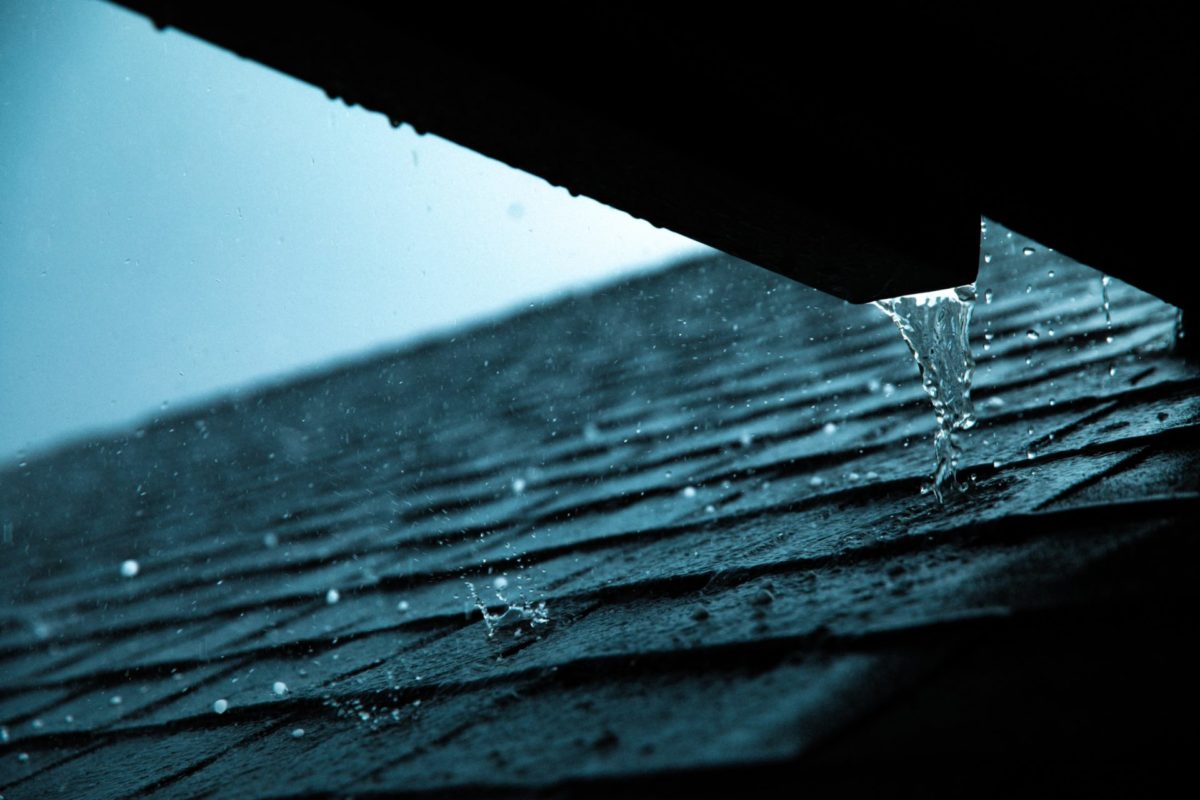Understanding Weather Impacts on Your Roof

Posted on July 30, 2022 by Phillip Camerer
When you think of a roof, you probably think of protection. That is what a roof is designed to do; protect you, your family, and your belongings from outside elements. The roof on your home is also the part of your home you want to save.
The reason is that your roof can take a real beating from damaging weather events such as:
- Torrential rains
- High winds
- Hail Storms
- Temperature changes
- Sleet, snow, and ice
Torrential Rains
Heavy rain and flooding can severely damage a home’s roof. Long periods of excessive torrential rains that last days, or sometimes weeks, can lead to shingle damage. The more impact your shingles sustain, the greater the likelihood that your shingles may shift or crack, which can lead to roof leaks.
With large amounts of rain, there can be a spike in mold spores that can lead to mold growth and decay. In addition, if rain is combined with high winds, some of that rain can get pushed up underneath shingles or the eaves. Whereby saturating the decking of the roof. If mold is allowed to grow, the decay process can lead to rotting wood, roof leaks, and further damage.
High Winds
Here in the four states region of southwest Missouri, you probably know how high winds can damage your roof. If weather warns of wind gusts of up to 45 miles per hour (mph), that’s enough to begin pulling shingles and parts of a roof away from its rafters. But as winds increase, speeds above 85 mph can lead to a partial or complete roof replacement for some homeowners.
Even a severe thunderstorm event with a tornado with wind speeds of 60 mph is enough to damage shingles. When you combine hail in with the wind, roof damage is imminent based on the size of the hail.
Hail Storms
In hail storms, shingles always take the brunt of the hit. Hail the size of golfballs can shred shingles to the roof deck, leaving it exposed to many weather conditions, like temperature changes, in the days following a hail storm. As a result, hail is the top reason most homeowners file an insurance claim on their roofs.
Temperature Changes
Early detection of potential roof damage is the biggest key to ending a severe leak in your home’s roof. Inspecting your roof and watching for signs of roof failure is essential.
Some common signs of roof failure include:
- Shingle lift
- Displaced shingles
- Cracking or peeling shingles
- Shingle granules on the ground around your home
- Bent flashing
- Roof Leaks
- Exposed roof decking
- Faded or discolored shingles
Honorable Mention: Sleet, Snow, and Ice
Although winter is several months away, it’s important to mention because cold weather events can also damage your roof. Long periods of cold snaps in the four states may be rare, but those events are possible living in and around the Ozark Mountains.
Be sure to watch for things like icicles forming along your roof eaves. Ice is quite heavy and can snap an eave if not removed promptly.
Who’s Your Roofing Contractor in the Event of Weather Events
Living in the four-state region means maintaining roof maintenance ahead of changing weather conditions. Unexpectedly weather can happen at any time of the year. With extensive damage, an experienced roofing contractor, like the team at Phillip Camerer Roofing, can come out to your home to assess the damage.
They will soon offer a finance option that can also help those needing immediate repairs or replacement. Call the office of Phillip Camerer Roofing today at (417) 451-5479 to find out if they work with your insurance company.
